Welcome to the dazzling world of Broadway and theater, where every curtain raised tells a story steeped in history and magic! From the twinkling lights of New York City’s famed streets to the ancient origins of theatrical performance, there’s so much to explore. Did you know that Broadway has had many names or that the longest-running show has captivated audiences for decades? Join us on a journey through time as we uncover fun and surprising facts about this beloved art form.
Broadway’s Various Names
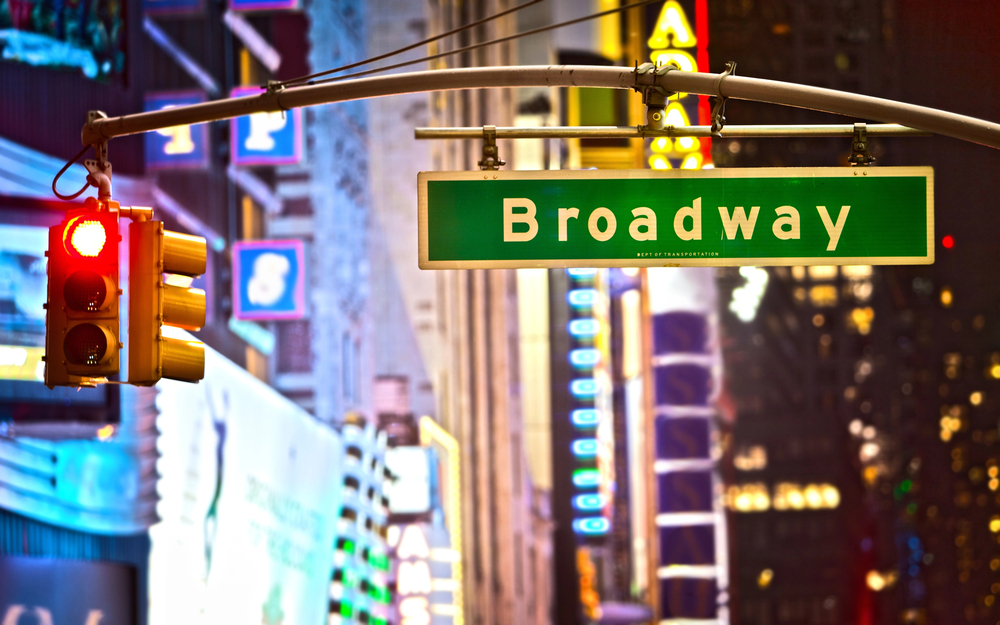
Broadway, a luminary of New York City’s cultural landscape, has been known by several names, including “The Great White Way,” a moniker earned in the early 20th century due to its pioneering use of bright electric lights. This evolution of names reflects the district’s transformation from a rural path to a symbol of theatrical innovation and grandeur, showcasing the dynamic nature of live entertainment and its ability to adapt and thrive over time.
Ancient Greek Theatre Origins
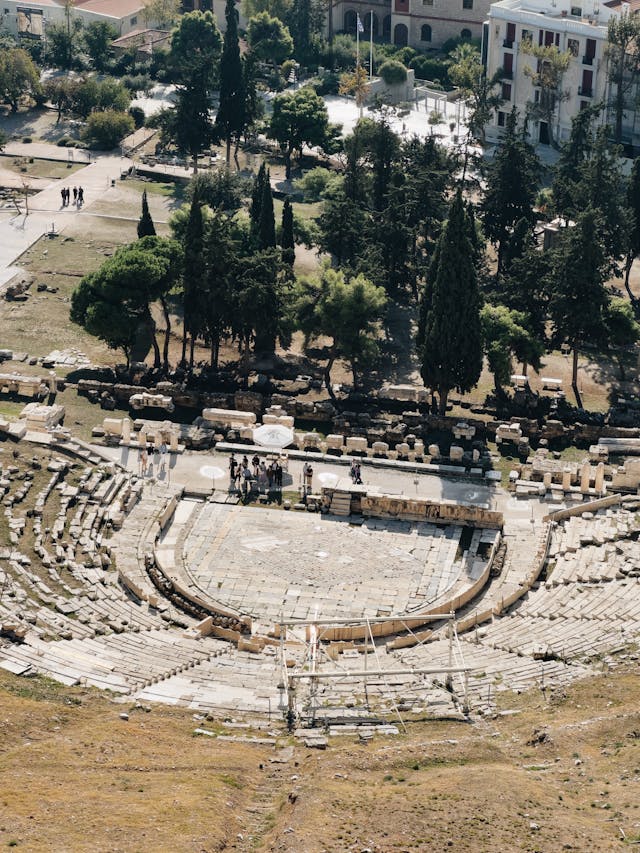
Theatre as we know it began in ancient Greece, where it was intertwined with religious festivals and communal storytelling. This innovation laid the groundwork for all forms of Western theatre, establishing fundamental genres like tragedy and comedy and concepts like the dramatic arc, profoundly influencing narrative structures in Western culture.
‘The Black Crook’
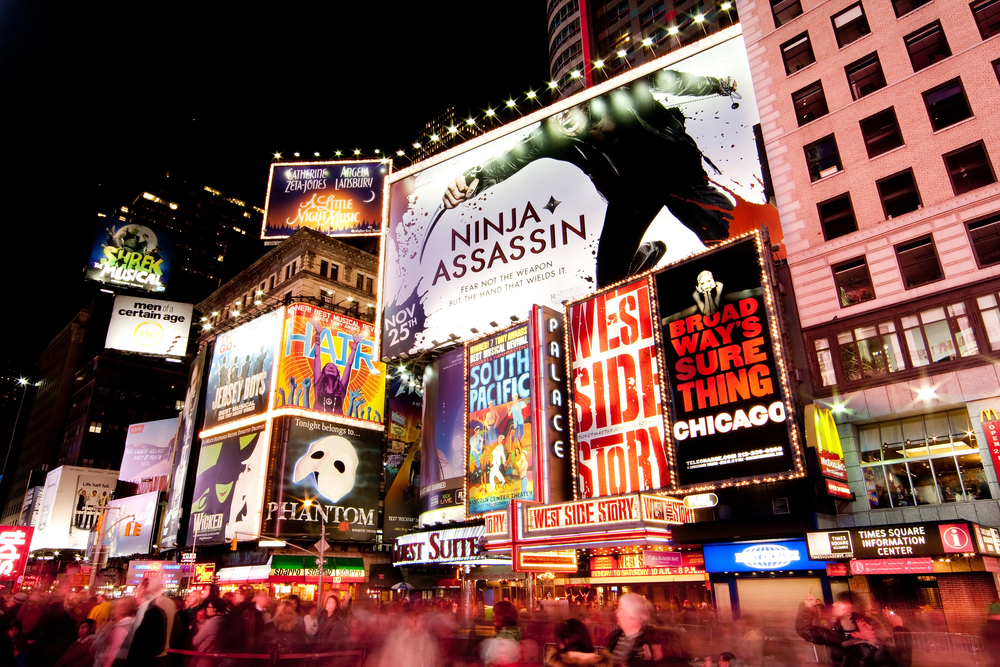
Debuting in 1866, “The Black Crook” is often hailed as the first Broadway musical, merging classical ballet with melodramatic plot lines. This production marked a significant turning point in theatrical history, leading to the modern musical format that combines music, dance, and story, a cornerstone of Broadway’s identity.
‘The Phantom of the Opera’

As the longest-running show in Broadway history, Andrew Lloyd Webber’s “The Phantom of the Opera” epitomizes the staying power of theatrical productions that resonate with audiences. Since its debut in 1988, it has captivated millions with its lush scores and timeless romance, illustrating the enduring appeal of well-crafted storytelling and musical composition.
Shakespeare’s Legacy
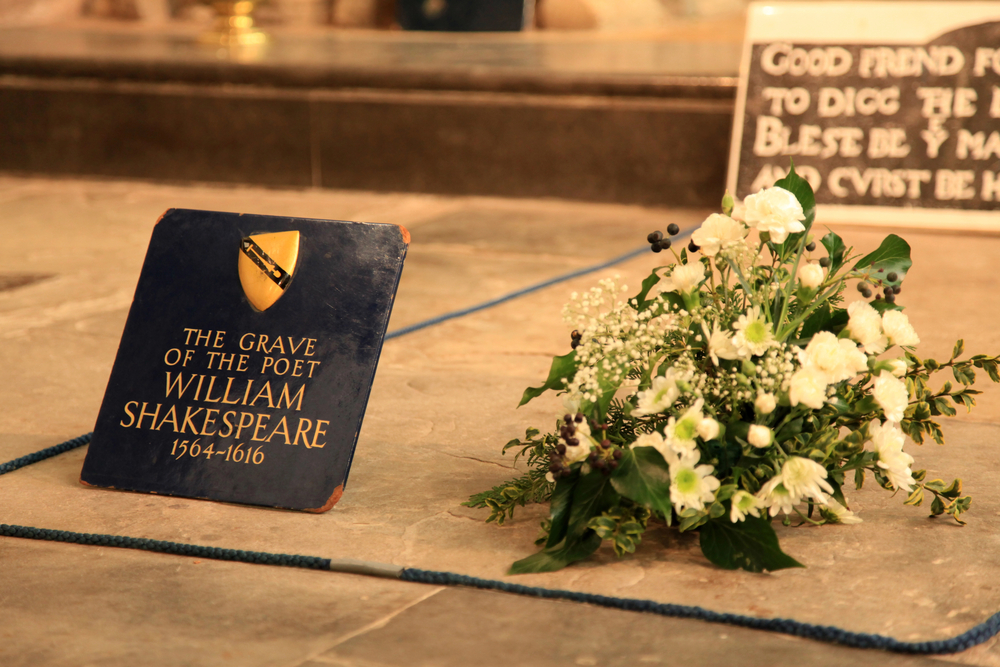
William Shakespeare, often lauded as the greatest playwright in history, left an indelible mark on theatre with his intricate plots, complex characters, and rich language. His works, transcending time and culture, continue to be performed and studied, highlighting the universal human experience and the timeless relevance of his themes.
‘Chicago’

The second longest-running Broadway show, “Chicago,” showcases the allure of jazz-age decadence and the dark charm of celebrity criminal trials. Its endurance and popularity reflect the public’s fascination with themes of fame, scandal, and the American judicial system, while its stylish production and memorable score have cemented its status in theatre history.
The Palace Theatre Ghosts
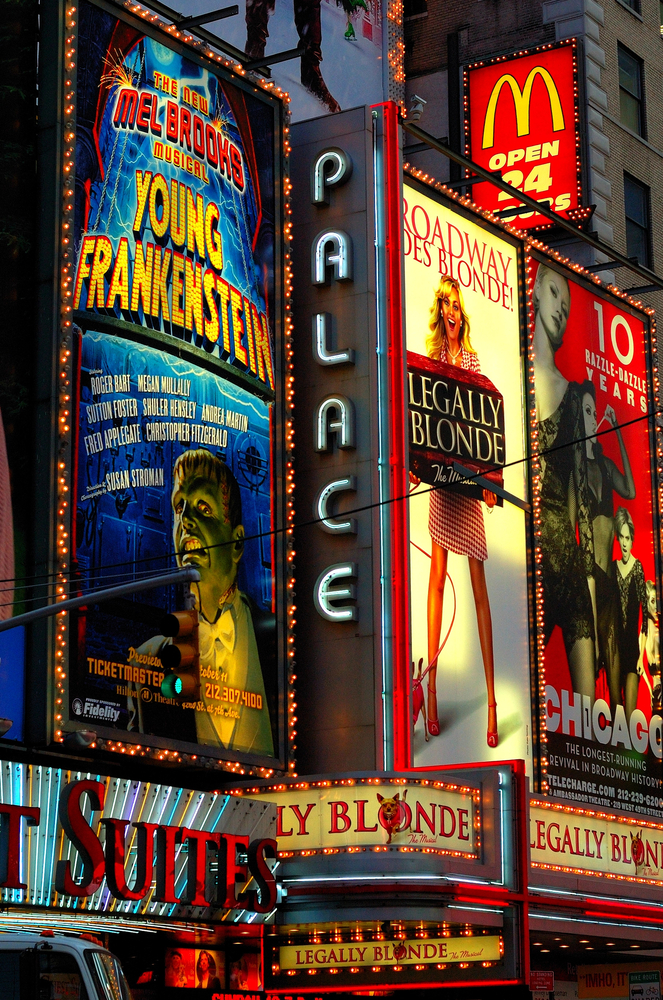
The Palace Theatre, one of Broadway’s most famous venues, is reputedly haunted, with tales of ghostly appearances adding a layer of mystique. This legend speaks to the deep history of Broadway theaters, where decades of performances leave an intangible presence, connecting past and present in the cultural imagination.
London’s West End
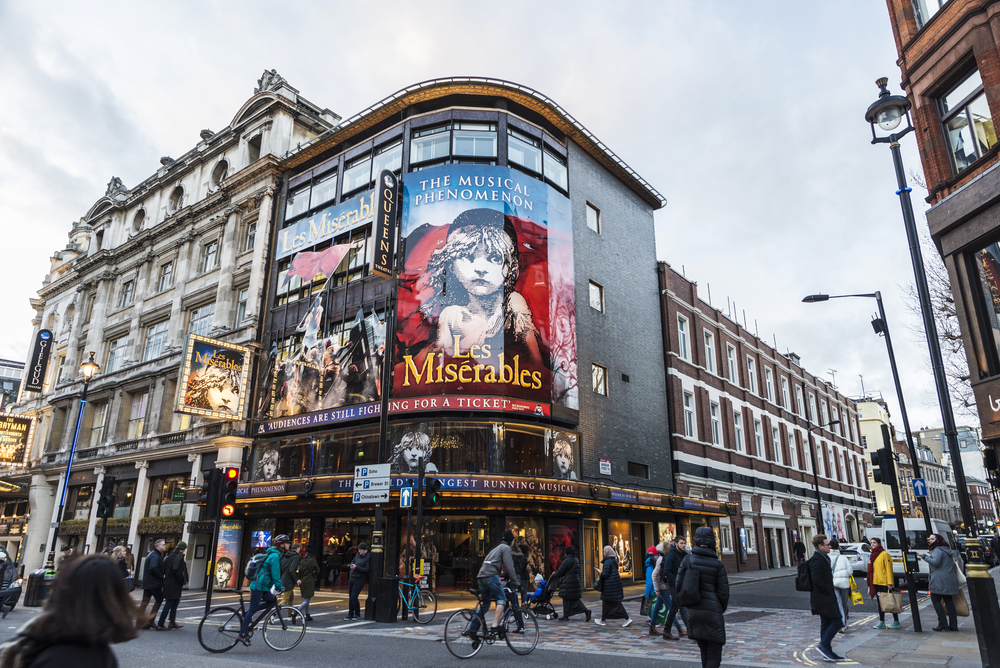
The West End, akin to Broadway, stands as a beacon of theatre excellence in London. Its renown as a theatre district underscores the global significance of live performance art, fostering a cultural exchange that enriches the theatrical traditions of both Broadway and the West End.
Broadway’s Length
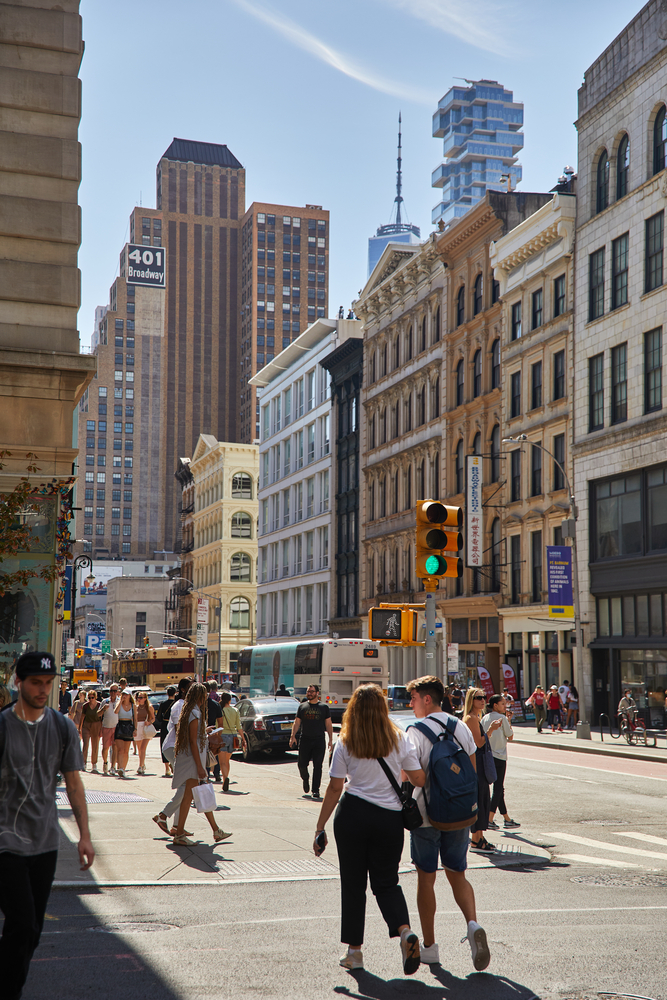
As the longest street in New York City, Broadway’s extensive reach from downtown to uptown mirrors the expansive influence of its theatre district, which stretches beyond its geographic bounds to impact global arts and culture, symbolizing the far-reaching power of live theatre.
Mae West’s ‘Sex’ Controversy

Actress Mae West was arrested in 1927 for her play “Sex,” which challenged societal norms and censorship laws. This incident highlights the theatre’s role as a platform for social commentary and its potential to provoke legal and moral debates, reflecting on the broader societal tensions around freedom of expression.
‘The Lion King’
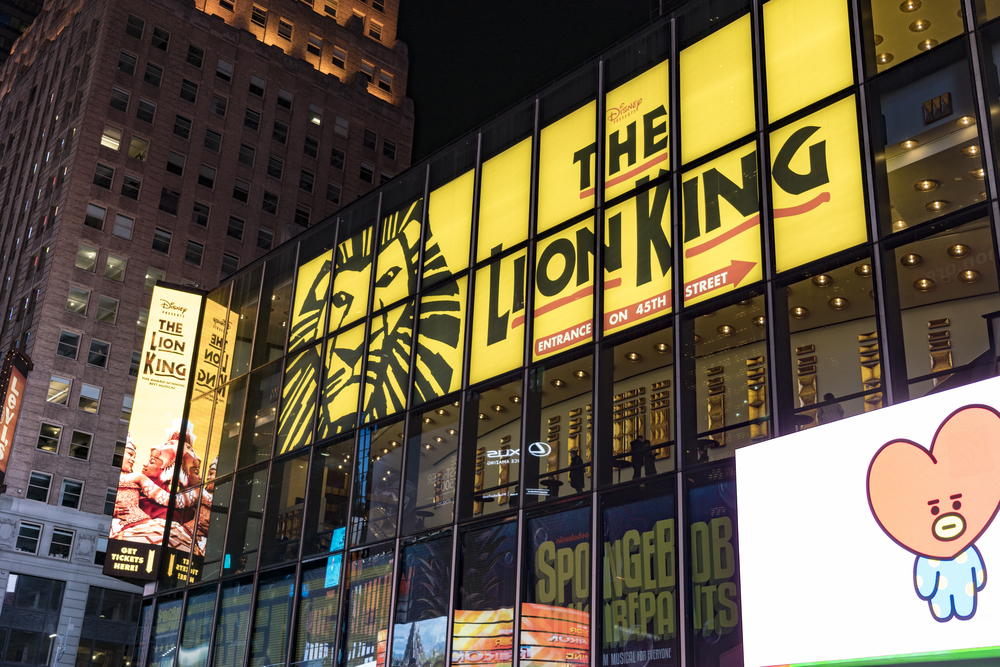
As the highest-grossing Broadway production of all time, “The Lion King” exemplifies the monumental commercial and artistic success that Broadway can achieve. Its innovative use of puppetry, music, and narrative captures the essence of storytelling and its universal appeal, showcasing the transformative power of live theatre.
‘Hair’ and Broadway Nudity

“Hair,” the first Broadway show to feature full nudity, broke new ground in the late 1960s, symbolizing the era’s social and cultural revolutions. This milestone in theatre history reflects Broadway’s capacity to challenge societal norms and push the boundaries of artistic expression.
The Tony Awards
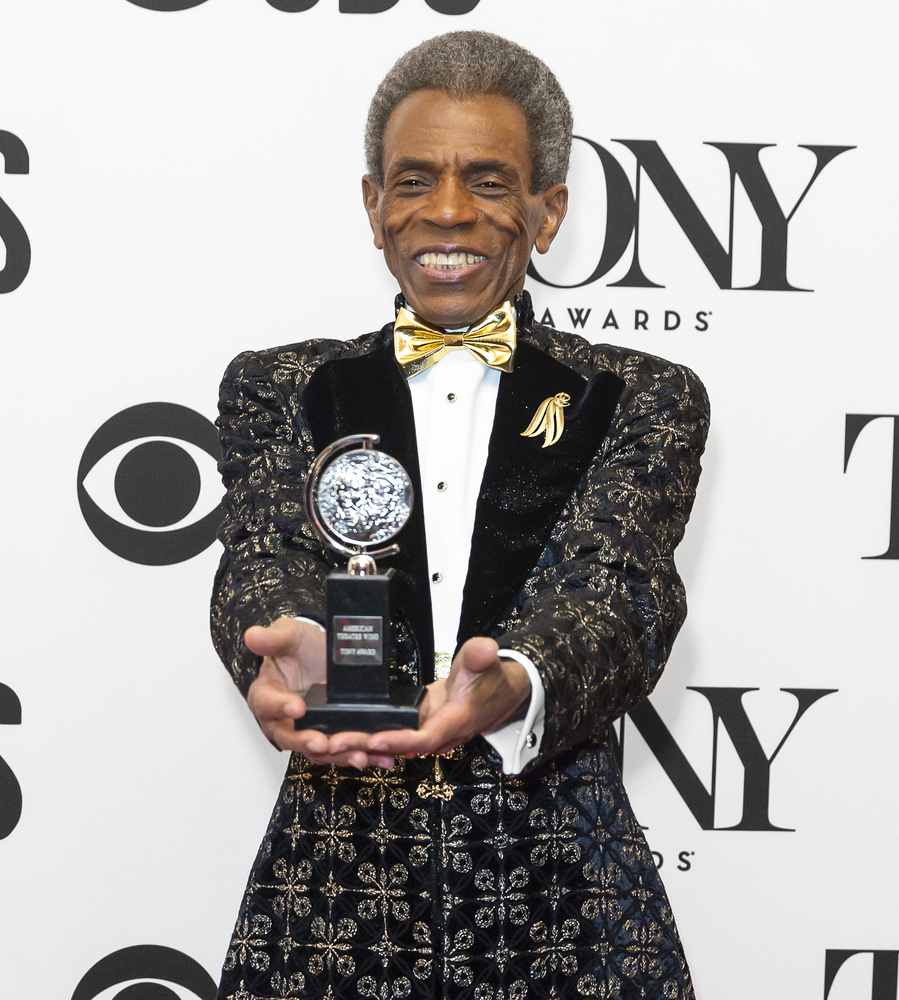
Established in 1947, The Tony Awards celebrate excellence in Broadway theatre, underscoring the industry’s commitment to recognizing outstanding artistic achievements. The awards not only honor individual talent but also highlight the collaborative nature of theatrical production, promoting a high standard of excellence in the performing arts.
Theatre District’s Economic Impact
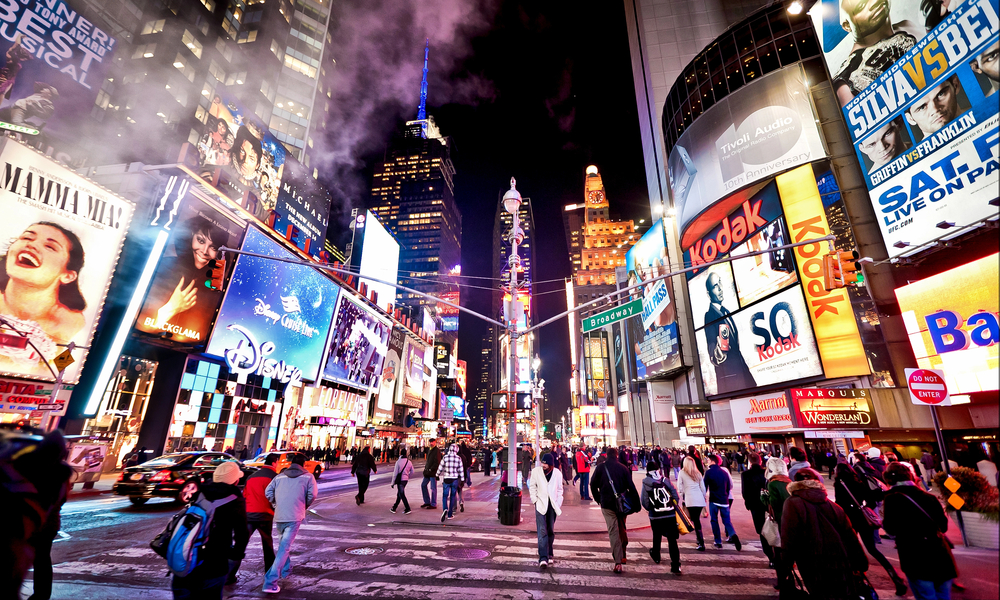
Broadway’s theatre district significantly boosts New York City’s economy, illustrating the economic impact of the arts. The influx of tourists and locals attending shows contributes to job creation and sustains local businesses, highlighting the vital role of the theatre industry in urban economic ecosystems.
Integration of Technology in Theatre
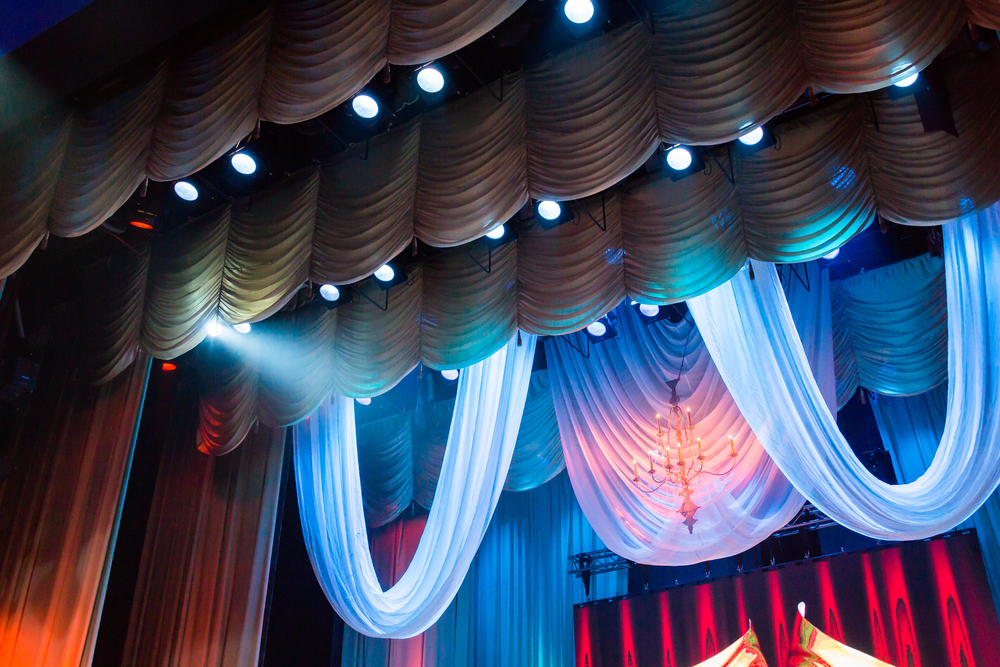
The integration of advanced technology in theatre, from lighting and sound design to special effects and digital backdrops, showcases the evolution of theatrical production. This fusion enhances storytelling and audience immersion, reflecting the industry’s adaptability and continuous pursuit of innovation.
Diversity and Inclusion on Broadway
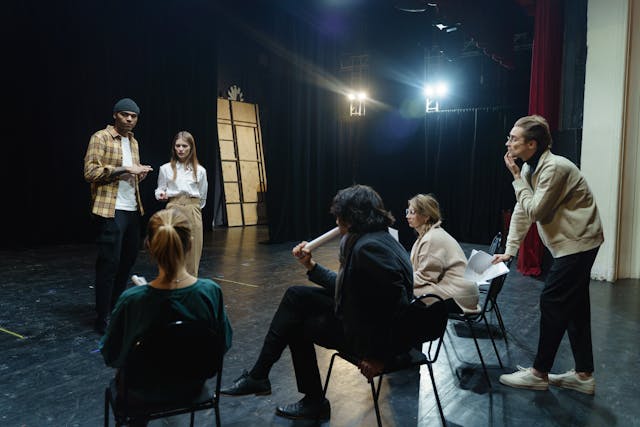
The increasing emphasis on diversity and inclusion in Broadway casting and storytelling reflects broader societal shifts towards equity and representation. Productions that foreground diverse voices and stories enrich the theatrical landscape, fostering a more inclusive and resonant cultural experience for audiences.
Revivals and Adaptations
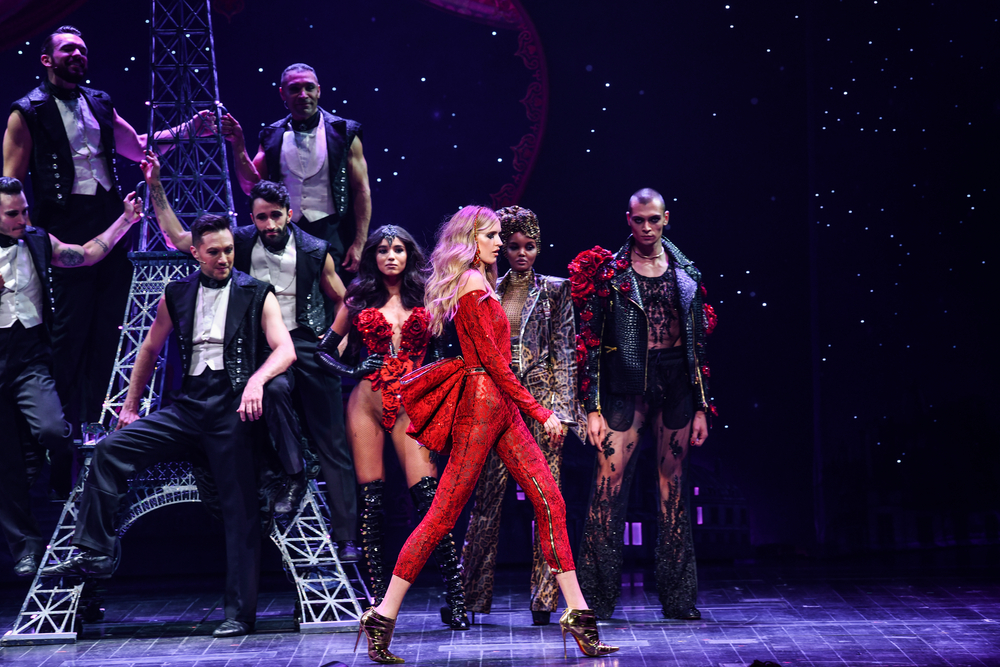
The trend of reviving classic plays and musicals, alongside adapting popular films and books for the stage, highlights Broadway’s ability to honor its legacy while engaging with contemporary audiences. This blend of tradition and innovation keeps theatre relevant and accessible, bridging past and present artistic expressions.
The Role of Critics and Reviews

Theatre critics and reviews play a pivotal role in the success and longevity of Broadway shows. Their assessments can influence public perception and box office performance, underscoring the interplay between media, critique, and the commercial viability of theatrical productions.
Non-profit Theatre Companies

Non-profit theatre companies on Broadway, such as The Public Theater, contribute to the artistic and cultural diversity of the scene. These entities often focus on experimental and socially relevant works, providing a counterbalance to the commercial mainstream and fostering the development of new theatrical forms and voices.
Theatre Education and Outreach

Broadway’s commitment to education and outreach through programs like student matinees and community workshops demonstrates the industry’s role in cultivating future generations of theatre-goers and practitioners. These initiatives ensure the ongoing relevance and democratization of theatre, making it accessible to a wider audience.
Iconic Playwrights and Composers

The contributions of iconic playwrights and composers, from Rodgers and Hammerstein to Lin-Manuel Miranda, have shaped Broadway’s identity. Their groundbreaking works have left a lasting legacy, influencing the musical and narrative structure of theatre and securing its place in cultural history.
The Impact of Strikes and Shutdowns

Historical strikes and recent shutdowns, like the COVID-19 pandemic closure, reveal Broadway’s vulnerability to external factors and its resilience. These interruptions reflect the economic and social challenges faced by the theatre industry, as well as its capacity to rebound and adapt in the face of adversity. This article originally appeared on UnifyCosmos.
More from UnifyCosmos
20 Best Book Picks from Librarians
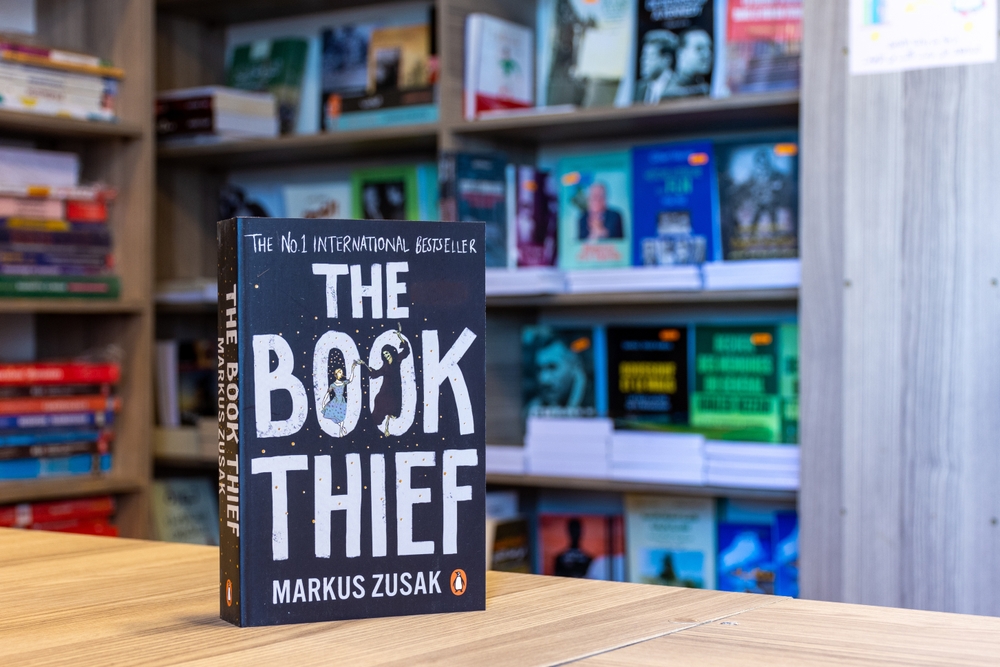
In this article, we have compiled a list of top book picks curated by librarians themselves, ensuring that your reading list is nothing short of exceptional. Read more!
22 Little Things That Mean a Lot in Every Relationship

In relationships, small gestures like a gentle touch or a shared smile can hold immense significance, creating strong bonds between individuals. Read more!
20 Basic Etiquette Rules That Make Life Better for Everyone

Basic etiquette rules are essential for creating harmonious interactions in a diverse society. Read more!
Leave a Reply